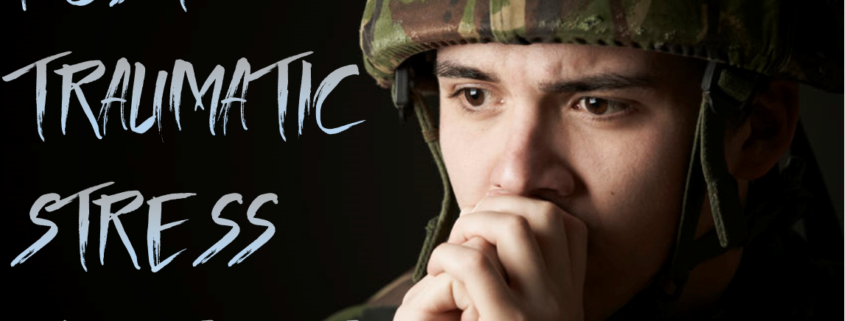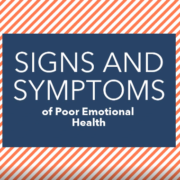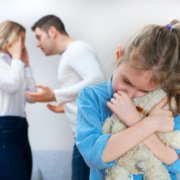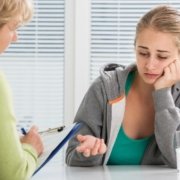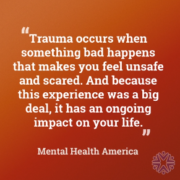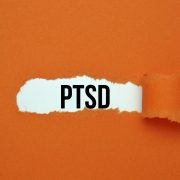PTSD – Symptoms and Resources.
By: Nancy Dye, MSN, PMHNP-BC | NOAH Psychiatric Nurse Practitioner
PTSD (post-traumatic stress disorder) is a mental health problem that some people develop after experiencing or witnessing a life-threatening event, like:
• Combat.
• Natural disaster.
• Car accident.
• Sexual assault.
It’s normal to have upsetting memories, feel on edge, or have trouble sleeping after this type of event. At first, it may be hard to do normal daily activities, like go to work, go to school, or spend time with people you care about. But most people start to feel better after a few weeks or months.
If it’s been longer than a few months and you’re still having symptoms, you may have PTSD. For some people, PTSD symptoms may start later on, or they may come and go over time.
What are the symptoms?
PTSD symptoms usually start soon after the traumatic event, but they may not appear until months or years later. They also may come and go over many years. If the symptoms last longer than four weeks, cause you great distress, or interfere with your work or home life, you might have PTSD.
There are four types of symptoms of PTSD:
• Reliving the event (also called re-experiencing symptoms).
• Avoiding situations that remind you of the event.
• Having more negative beliefs and feelings.
• Feeling keyed up (also called hyperarousal).
Symptoms may not be exactly the same for everyone. Each person experiences symptoms in their own way.
Can children have PTSD?
Children can have PTSD too. They may have symptoms described above or other symptoms depending on how old they are. As children get older, their symptoms are more like those of adults. Here are some examples of
PTSD symptoms in children 0 – 6 years of age:
• May get upset if their parents are not close by.
• Have trouble sleeping.
• Act out the trauma through play.
PTSD symptoms in children age 7 to 11 years of age:
• May also act out the trauma through play.
• Drawings.
• Stories.
• Some have nightmares or become more irritable or aggressive.
• They may also want to avoid school or have trouble with schoolwork or friends.
PTSD symptoms in children age 12 to 18 have symptoms more similar to adults:
• Depression.
• Anxiety.
• Withdrawal.
• Reckless behavior like substance abuse or running away.
Will people with PTSD get better?
“Getting better” means different things for different people. There are many different treatment options for PTSD. For many people, these treatments can get rid of symptoms altogether. Others find they have fewer symptoms or feel that their symptoms are less intense. Your symptoms don’t have to interfere with your everyday activities, work, and relationships. There are two main types of treatment, psychotherapy (sometimes called counseling or talk therapy) and medication. Sometimes people combine psychotherapy and medication.
Where can I go for help or more information?
At NOAH, we provide both treatment resources, which include counseling and psychiatric medication services for all ages. We help you create and manage your healthy lifestyle habits. Call 480-882-4545 or request an appointment here.
Additional resources are:
The national clearinghouse for PTSD information is found at www.ptsd.va.gov/index.asp. This site is for military and civilian resources.
For resources specific to children, childmind.org/search/?fwp_term=ptsd has excellent information.
Treatment resources can be found at www.psychologytoday.com which will provide resources for finding a therapist and/or psychiatric provider within your insurance panel.
References:
Adapted from https://www.ptsd.va.gov/public/PTSD-overview/basics/what-is-ptsd.asp

